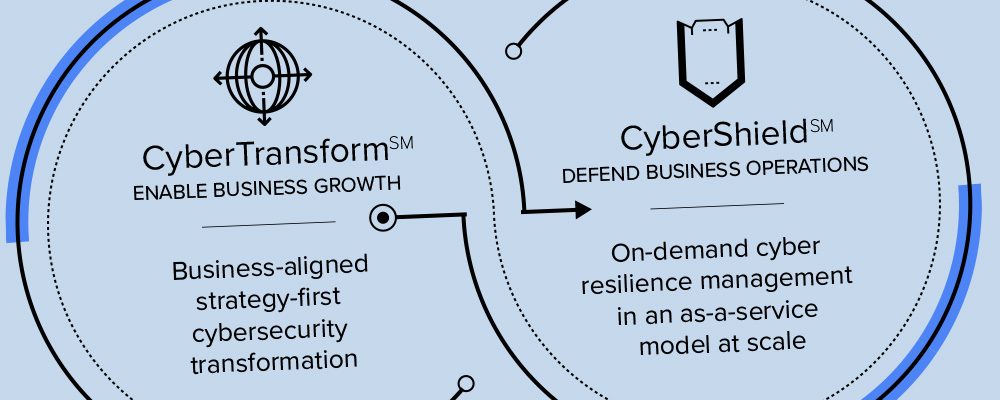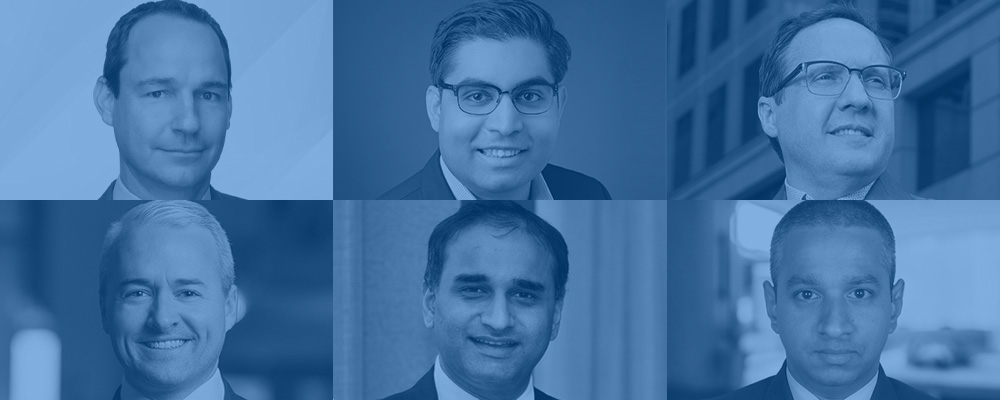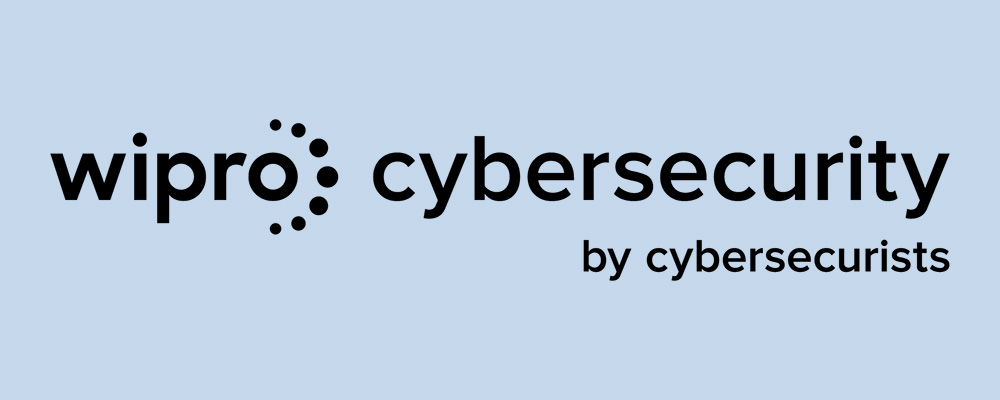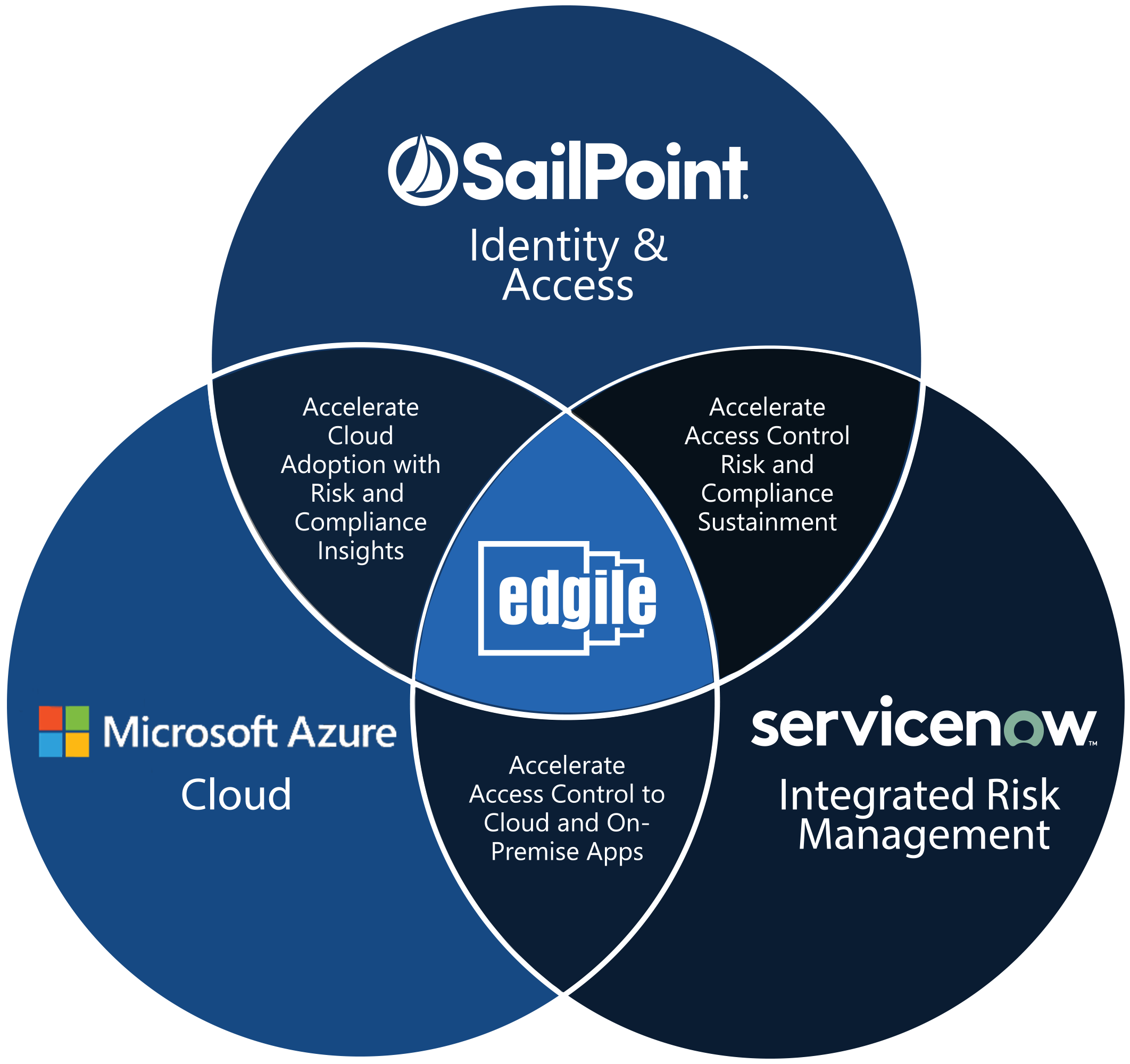
By Bob Moore, Managing Director, Eastern
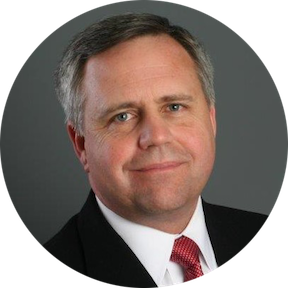
Last week was Microsoft’s third annual Digital Transformation Academy (DTA). This is a US event that brings together Microsoft sellers and partners to plan the year’s strategic programs and how to best serve clients. It’s interesting to step back and process what was said, what wasn’t said, and note the dominant themes at the event.
For perspective, Edgile is focused on security, governance and compliance. We help customers achieve the transformation to Microsoft 365, Azure-enabled security and Microsoft AI. This is the same technology that Microsoft uses to protect their enterprise and the data of millions of customers. The thinking is that the Microsoft platform is the best approach for organizations to secure their environment (see below) and protect their information. Clients recognize this and most already own the M365 solution. The challenge is in achieving enterprise transformation. That’s what Edgile does.
Here are 5 key DTA takeaways:
- Microsoft security is no longer debatable. Microsoft has invested billions of dollars on a global intelligence platform with world class security automation and there has been plenty of independent validation of their platform from Mitre ATT&CK, Gartner and others. Brett Arsenault, CISO of Microsoft, recently said, “…the good guys now have better intelligence than the bad guys.” Many decision makers see this now and are facing the challenge of enterprise adoption. But we really are past the debate stage.
- Speed is important. The partner programs this year are geared toward quickly understanding how the solution works and how to deploy. RFPs, bake offs and POCs have little relevance here. If the organization understands Microsoft’s position as recognized by the independent evaluators, then the question is, “how fast can we deploy?” There are regular patterns and Microsoft has programs for partners to help clients understand implementation best practices. Let’s not make it harder than it needs to be.
- Enlightened and empowered executives are crucial. Adopting a platform that impacts many functional groups in an organization takes a senior executive with authority to drive the initiatives. We’re seeing that happen. From manufacturing, to professional services, healthcare and financial services, executives are driving this change across the organization. It’s not always easy but it’s necessary. Functional leaders need to be empowered to make decisions that benefit the organization, not just their group. Executives need to say this is what we are doing, this is why and now go get it done.
- Best of Integration is the new “Best of” paradigm. Microsoft uses products from other vendors to secure their enterprise and Azure environments. But there is an important caveat: when they choose a vendor product, it’s not necessarily the best of breed or best of suite. They buy Best of Integration. They partner with vendors that have integrated with Azure, Azure AD and the security graph to ease implementation and aggregate signals. This is what they put in their network and it’s the best practice for clients, too.
- Privacy, Governance and Compliance has their attention. Microsoft is empowering their clients with tools, functionality and processes to respond to global privacy regulations. They see the opportunity and understand the client’s obligations—especially for privacy protection. Since most of the data and access is managed in their systems, they are in a unique position to enable privacy and governance. Early on Microsoft would tell you how Microsoft met the requirements in the shared responsibility model. Now they are adding the ability for clients to use the platform to meet their own responsibilities. We can expect a robust platform for governance and compliance when they’re finished.
If you want to know more about DTA or how we enable clients to adopt the platform in a programmatic and repeatable way, please contact us at edgile.com/contact.
